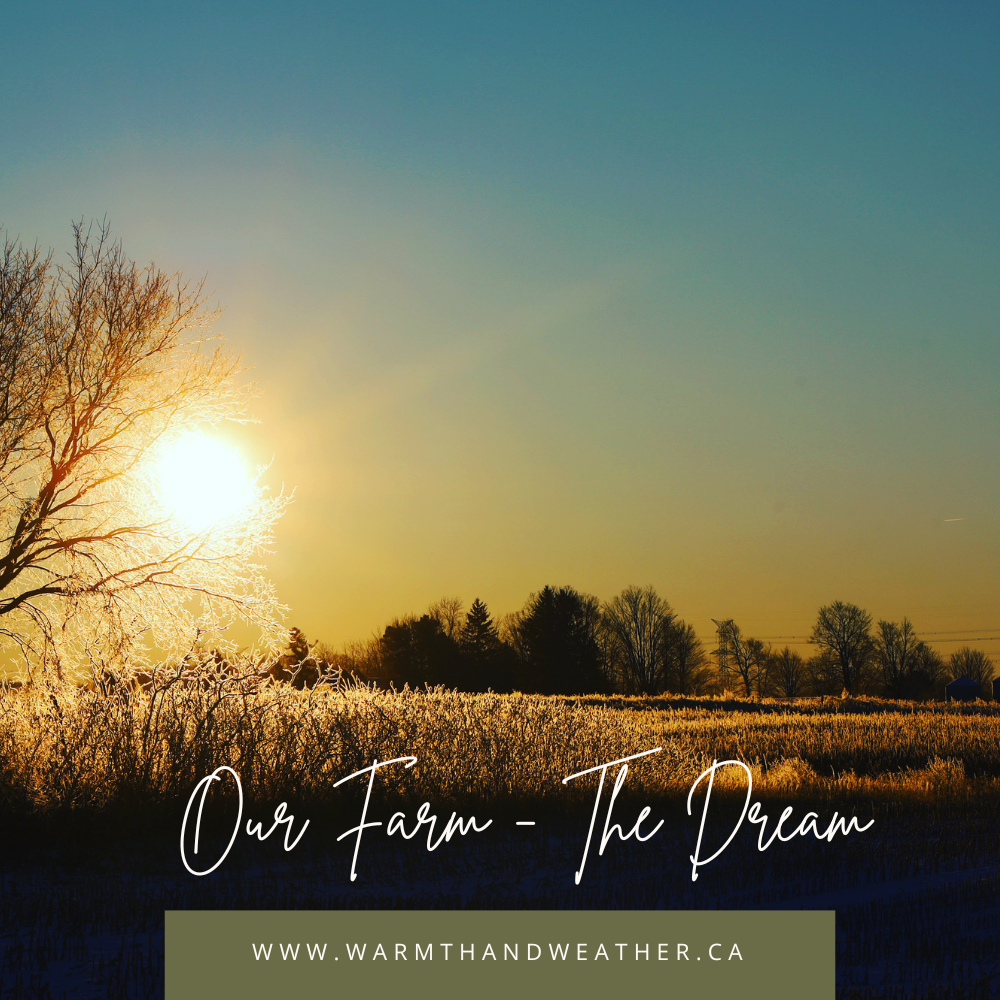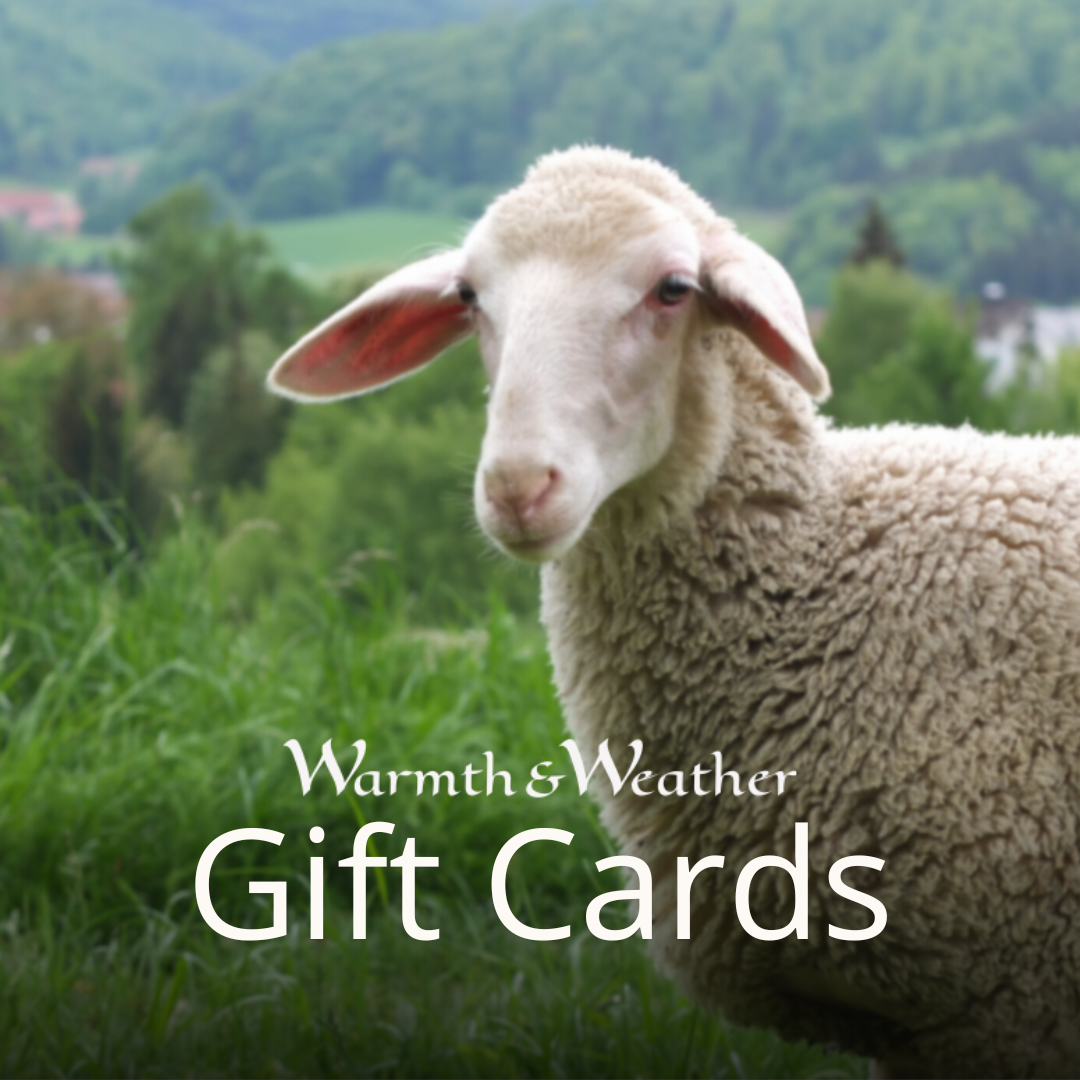
Comme nous l’avons mentionné dans des articles de blog précédents, Evermeadow prévoit d’agrandir et de gérer des terres au-delà de ses fermes existantes, et nous prévoyons de faire partie de ces fermes. La terre sur laquelle nous vivons se trouve sur le territoire traditionnel des peuples Mississauga Anishinaabeg et Haudenosaunee. Elle est également située à l’extrémité est de la moraine d’Oak Ridges et est considérée comme une fiducie foncière de la moraine d’Oak Ridges. Il s'agit d'une zone agricole et, comme Evermeadow, nous espérons commencer à soutenir la transformation de la terre pour les générations futures. La terre est cultivée depuis de nombreuses années maintenant et, avec l'aide de Josh, nous avons pu découvrir l'histoire des cultures cultivées, la géographie unique de cette terre et de la terre qui nous entoure. Cela nous a également aidés à prendre conscience de ce qui a été affaibli au fil des années de travail acharné pour servir les agriculteurs ou, dans certains cas, laissé inutilisé.

(Vue du terrain depuis l'extrémité nord) (photo de Joshua Noiseux)
Cette terre est une sorte de système de filtrage pour les champs cultivés qui nous entourent. Les rotations sur nos terres et les fermes qui nous entourent comprennent des mélanges de maïs, de soja et de luzerne. Le soja et le maïs sont alternés dans les deux sens, puis la luzerne est plantée et entretenue pendant cinq ans pour aider à rajeunir le sol. Nos trois plus petits champs (nous avons 30 acres au total, y compris les marais et les prairies) cultivent maintenant de la luzerne pour la deuxième année.
Il y a quelques années, lorsque Josh d'Evermeadow nous a livré des poulets, nous avons entamé des discussions sur une collaboration et l'année dernière, Josh a mené un processus de consultation complet pour comprendre ce qui existe sur notre terrain. Le projet s'est déroulé en trois phases : découverte, recherche et planification, dans l'espoir de mettre en œuvre un plan de gestion en collaboration avec Evermeadow.
Au cours de la phase de découverte, nous avons formulé notre rêve/vision du territoire. La phase de recherche comprenait une cartographie détaillée, des images topographiques, des schémas d’écoulement des eaux, le type de sol, les cartes de pente, d’exposition et d’élévation, l’utilisation historique du territoire et des relevés biologiques de la vie des oiseaux, des insectes, des animaux et des plantes, y compris des espèces envahissantes. Dans l’ensemble, le travail a été très approfondi et nous en savons désormais beaucoup plus sur ce qui se trouve ici. Josh a également identifié une liste d’organismes de soutien et de financement disponibles qui pourraient aider aux futurs travaux de gestion du territoire.
Notre vision est d' apprendre à vivre en harmonie ou en collaboration avec la terre. Que nous laissions la terre dans un meilleur état que celui dans lequel nous l'avons trouvée. Nous voulons améliorer la fertilité du sol pour soutenir le monde naturel et les êtres humains. Nous aimerions soutenir la vie communautaire sur notre ferme par le biais de la vie de festival et d'opportunités d'apprentissage.

(En haut à gauche - la fenaison du champ nord, à droite - même direction en hiver et la carte du terrain (photographie de la carte par Joshua Noiseux) )
La dernière étape a consisté à dresser une liste d’idées potentielles pour l’avenir qui nous aideraient à atteindre nos objectifs de gestion du territoire, en tenant compte de nos ressources financières et énergétiques (nous sommes plus âgés 😉). Voici une courte liste d’utilisations potentielles du territoire :
- Prévoyez des emplacements optimaux pour les dépendances, les aires de stockage et la gestion du fumier (conformément aux réglementations municipales et provinciales).
- Un plan de plantation d’arbres comprenant des cartes, des espèces et des calendriers de programmes de plantation.
- Un plan de gestion hydrologique comprenant des étangs, des fossés et un drainage.
- Un plan d’utilisation du terrain comprenant les rotations suggérées, la sélection des espèces et les plantations.
- Planification d'entreprise et d'activité commerciale, prenant en compte les espèces d'élevage et de plantes qui peuvent s'autofinancer tout en atteignant les objectifs de gestion des terres.

(photo de Joshua Noiseux)
Au cours de ce processus, nous avons appris que notre terre forme une sorte d'entonnoir du nord au sud, qui recueille les eaux de ruissellement des champs voisins, les filtre à travers le marais, puis les déplace plus loin vers une petite rivière sinueuse qui mène au lac Rice. L'eau n'est visible au-dessus du sol qu'au printemps et à l'automne.
Ensuite, il nous restait à décider quelles idées nous souhaitions mettre en pratique et à quel moment. Josh nous a aidés à trouver des moyens de travailler avec les possibilités de financement disponibles pour atténuer les coûts des projets futurs et maximiser les connaissances et le soutien des experts.

(photos de Joshua Noiseux)
Les objectifs sur lesquels nous avons décidé de travailler sont les suivants :
- Établir une couverture végétale pour le sol tout au long de l'année, que ce soit par des graminées vivaces ou des cultures de couverture annuelles, ou une combinaison des deux. Cela permet d'atteindre deux objectifs écologiques principaux, ainsi que de nombreux avantages annexes : réduire ou éliminer l'érosion du sol et restaurer la vie microbienne et la biodiversité du sol.
- Prévoyez un reboisement partiel. Après avoir établi une couverture végétale permanente, la plantation d'arbres indigènes issus de semences adaptées localement pourrait servir de brise-vent, fournir un habitat et de la nourriture à la faune, séquestrer le carbone et aider à réguler le cycle de l'eau sur la propriété.
- Envisager le rétablissement d’une prairie à herbes hautes. Comme la propriété se trouve à la limite des plaines du lac Rice et qu’elle était historiquement couverte en partie d’espèces indigènes d’herbes hautes, il pourrait être souhaitable de tenter de rétablir un écosystème de prairie indigène dans tout ou partie des champs. Conservation de la nature Canada gère un site voisin – la réserve naturelle Hazel Bird – et serait un partenaire intéressé par la mise en œuvre d’une restauration de prairie à herbes hautes. Une prairie à herbes hautes ne serait pas propice à la production agricole conventionnelle, mais il existe des possibilités (étudiées par Evermeadow Farm et d’autres) de récolter des prairies à herbes hautes pour le pâturage des animaux ou pour le foin.
- Envisager une gestion proactive des zones humides avec des experts compétents pour :
- Accélérez l’écoulement de l’eau en assurant un drainage sans obstruction à la sortie sud-ouest et/ou en installant des ouvrages ou des canaux de drainage supplémentaires.
- Retenir/emprisonner l’eau sous forme d’étang. Il peut être possible de travailler avec Canards Illimités pour capter et stocker l’eau dans une zone d’étang au sein de la zone humide centrale, offrant ainsi de nombreux avantages écologiques, notamment la création d’habitats et la filtration de l’eau.
Si tout se passe comme prévu, l'année prochaine, notre champ nord commencera à accueillir des poules, puis plus tard des moutons en rotation. Dans trois ans, les deux autres champs seront également exploités de manière régénératrice par Evermeadow . Nous avons adoré suivre ce processus d'apprentissage avec Josh et nous sommes très impatients de travailler avec lui à Evermeadow pour transformer et renforcer la terre.





Commentaires
This is such a wonderful blog post. Your commitment to regenerative agriculture is reflected from farm to loom. Such exciting plans! Keep up the amazing work.
This is so interesting and except for the chickens and sheep, it is more or less our plan for our own land.